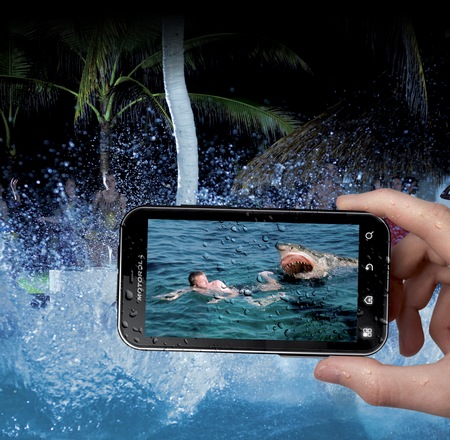
Millions of iPhone fans all over the world were slightly disappointed when Apple unveiled the iPhone 4S earlier this month instead of the highly anticipated iPhone 5. For months, tech experts and fans have been speculating about the possible design and features of the new iPhone, only to be met by an upgrade of last year’s iPhone offering. Many are still keeping to their old iPhone 4 units, arguing that they should not update because not much has changed anyway – we here at Mobile Phone Connect fall into this category. Having said that, Apple endowed the new iPhone with a couple of nifty features that can still impress the disappointed crowd who wanted the iPhone 5.
The iPhone 4S, for starters, come with a better and faster processor, a better performing camera, a smarter virtual assistant, and a larger storage space compared to the iPhone 4. We do not readily recommend the iPhone 4S for people who have bought last year’s iPhone, but if you are upgrading from the iPhone 3GS, then this is a very wise choice. Currently, the iPhone 4 is demoted to second-class status—a fact that has led iPhone fans that insist on having the best gadget all the time to snap up on this familiar-looking but internally better iPhone.
Every time Apple releases an iPhone, the company says that the latest version is the most amazing iPhone ever. They are not lying with the iPhone 4S, which is clearly the best of all its older siblings so far. At first glance, not much is different in the appearance of the iPhone 4S compared to its predecessor. However, the iPhone 4S is slightly heavier than its 137-gram sibling at 140 grams, which is barely detectable anyway. Antenna reception was one of the major complaints about last year’s iPhone 4, but it has significantly improved on this year’s release.
The main feature of the iPhone 4S is Siri, which is introduced this year along with the newest update on the iOS. The new operating system, iOS5, is improved and enhanced — a solid update that will never fail to impress iOS users that treat their iPhones as an extension of their professional and personal lives. Siri, on the other hand, is your own digital helper. It is a virtual assistant only found in the iPhone 4S, which will allow you some entertaining and informative functions. “She” can help you send texts and emails, find you the restaurants of your choice, and even help you find directions to get to your destination. Siri can be activated through voice, and Apple even took the care of imbuing Siri with the ability to interpret casually spoken English—and even figure out context in some instances. It’s amazing how a simple update can mean a lot in terms of the gadget’s usability, or perceived usability. Since in our eyes, Siri is nothing more than a gimmick. It can be useful yes, but it’s more of an evolution, rather than a revolution. After all, Nokia implemented voice activation over a decade ago. (Yes, we know this is much more sophisticated, but the core technology is the same).
Lets get down to what all you people want to know. Is the new iPhone 4S worth buying? Well, as already mentioned, the iPhone 4S is not a great leap from its predecessor, so if you have already got the iPhone 4, we’d say – don’t bother with the 4S. For the moment, you might want to upgrade to iOS 5 first and wait for next year’s iPhone upgrade. Of course, despite our conclusions, millions of current iPhone users will still go out and buy it, they are the type that just HAVE to have the latest iPhone. Fair enough.
But for those of you who have an iPhone prior to version 4, or if you’ve never owned an iPhone, and are looking for the best smartphone on the market, then it’s hard to argue against the iPhone 4S, and it’s resolution remains a beauty.








